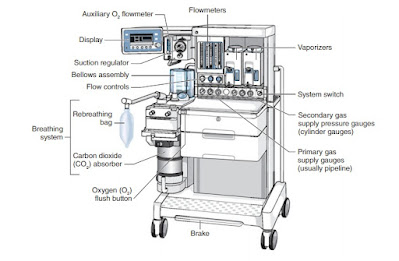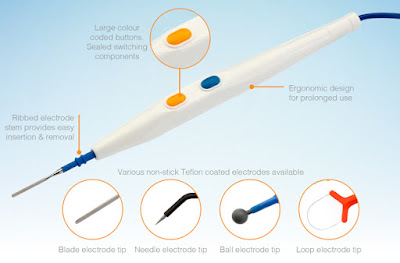What are types of wound based on level of contamination?
Surgical wound classification is typically based on the level of contamination. The categories include:
- Centers for Disease Control and Prevention (CDC) surgical wound classification
- Class I - Clean
- Uninfected operative wound with no inflammation
- No entry into the respiratory, alimentary, genital, or urinary tract
- Primarily closed, and drained with closed drainage (if necessary)
- Includes operative incisional wounds following blunt trauma if above criteria met.
Treatment:
- Clean and Protect: Rinse with sterile saline or clean water. Apply a sterile dressing.
- Monitor Healing: Keep an eye on the wound for signs of infection.
Prevention:
- Maintain Sterility: Ensure clean conditions during surgical procedures or when handling wounds.
- Hygiene Practices: Wash hands thoroughly before and after touching the wound.
- Class II - Clean-contaminated
- Entry into respiratory, alimentary, genital, or urinary tract under controlled conditions without unusual contamination
- Includes operations involving biliary tract, appendix, vagina, and oropharynx if no evidence of infection or major break in technique.
Treatment:
- Thorough Cleaning: Clean with saline or antiseptic. Debride any non-viable tissue.
- Dress Properly: Use sterile dressings and change regularly to keep the wound clean.
Prevention:
- Preoperative Care: Administer prophylactic antibiotics if necessary and maintain sterility during procedures.
- Patient Education: Teach patients about proper wound care at home.
- Class III - Contaminated
- Fresh, open, accidental wounds
- Operations with major breaks in sterile technique or gross spillage from gastrointestinal tracts
- Incisions with acute, non purulent
- Inflammation.
Treatment:
- Aggressive Cleaning: Clean thoroughly with saline and antiseptics. Debride any foreign material or dead tissue.
- Antibiotics: Consider systemic antibiotics if there's a high risk of infection.
- Regular Dressing Changes: Change dressings daily or if wet or soiled.
Prevention:
- Environmental Control: Ensure clean workspaces and avoid exposing wounds to contaminants.
- Immediate Care: Promptly treat any cuts or scrapes, especially in dirty environments.
- Class IV - Dirty / Infected
- Old traumatic wounds with retained devitalized tissue
- Wounds involving existing clinical infection or perforated viscera
- Suggests infective organisms present in operative field before operation.
Treatment:
- Surgical Intervention: Often requires surgical cleaning and debridement.
- Broad-Spectrum Antibiotics: Start with broad-spectrum antibiotics until culture results are available.
- Close Monitoring: Regularly assess for systemic signs of infection.
Prevention:
- Avoid Risky Situations: Educate about risks associated with bites, deep puncture wounds, or contaminated injuries.
- Immediate Medical Attention: Encourage seeking care for severe or dirty wounds right away.
- Reference - CDC Hospital Infection Control Practices Advisory Committee guideline on prevention of surgical infection (Infect Control Hosp Epidemiol 1999 Apr;20(4):250), commentary can be found in Infect Control Hosp Epidemiol 1999 Apr;20(4):231



